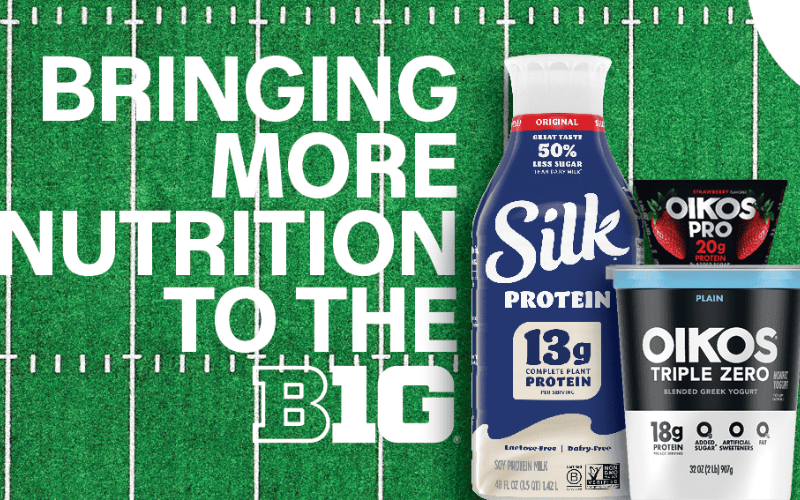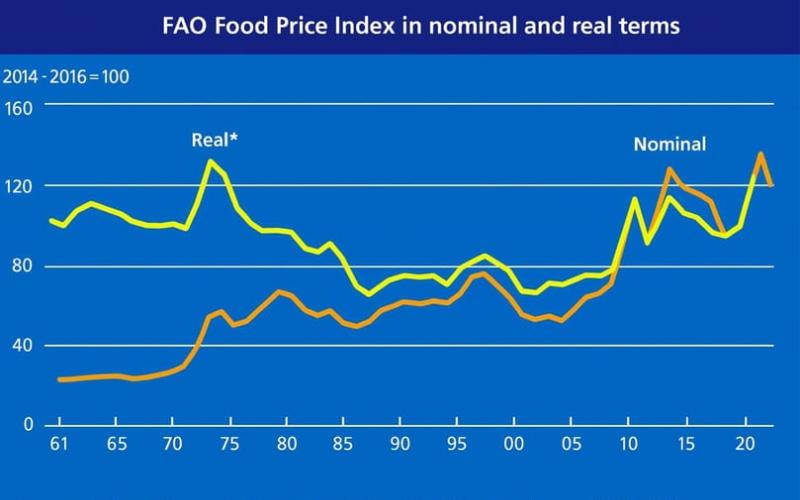New Zealand Dairy Sector Advances in Nutrient Efficiency and Sustainability

The New Zealand dairy industry is experiencing significant improvements in nutrient efficiency, particularly in the reduction of purchased nitrogen surplus (PNS). This progress is largely attributed to the implementation of nitrogen caps and regional policies in areas like Canterbury and Southland. These measures have led to a consistent decrease in nitrogen surplus across the sector.
Despite these advancements, methane emissions remain a substantial challenge. Current reductions in methane per hectare have often resulted in decreased production, highlighting the need for innovative practices and technologies. Researchers at DairyNZ are exploring solutions to decouple methane production from feed consumption without compromising productivity.
Access to low-footprint feed has played a crucial role in achieving high milk production with relatively low emissions intensity. This advantage is increasingly important as global expectations for emissions and sustainability rise.
Economically, the dairy sector remains robust, offering higher returns per hectare over a 40-year period compared to other land-use sectors such as forestry, sheep and beef, and horticulture. This financial advantage persists even when emissions pricing scenarios are considered, providing strong incentives for dairy farmers to continue their operations.
The ability to adapt through sustainable practices, such as developing environmental plans and managing nitrogen losses, is vital for maintaining productivity in the face of environmental challenges. The ongoing research and implementation of these practices are crucial for keeping New Zealand's dairy industry competitive on the global stage.











